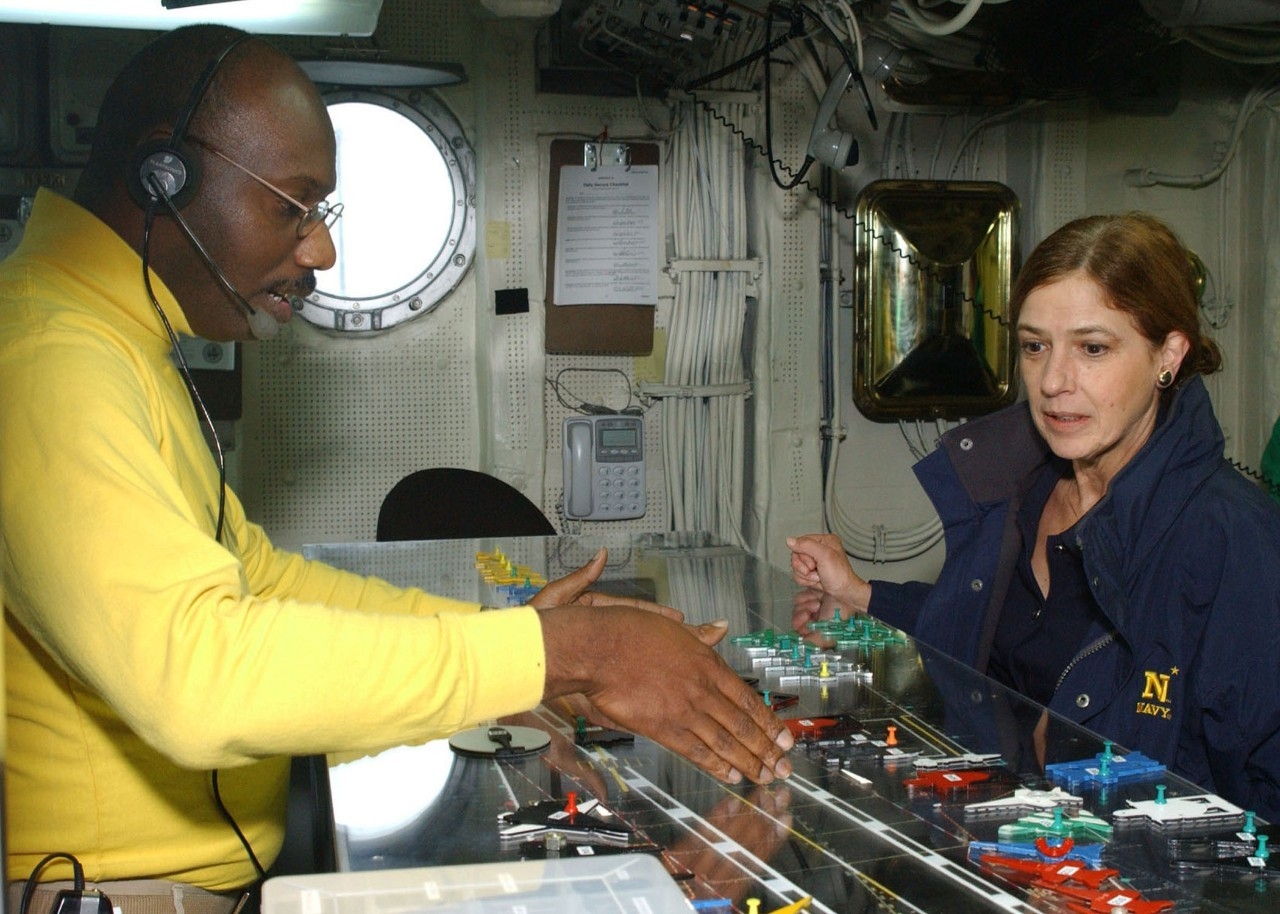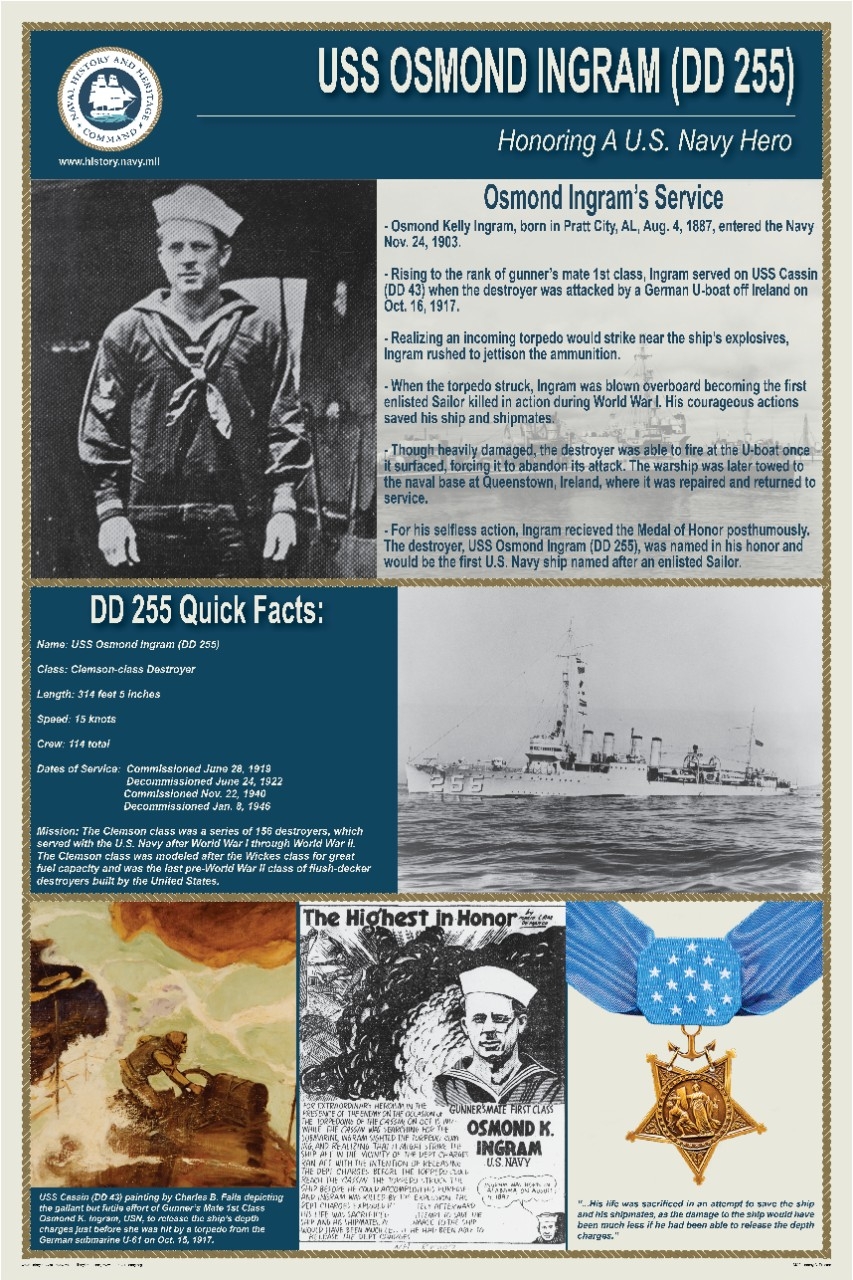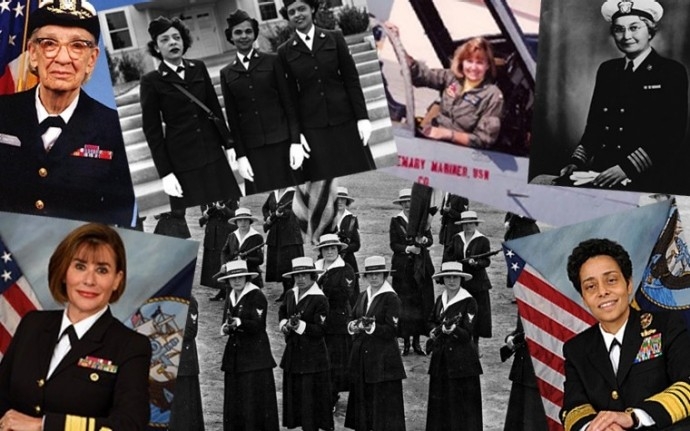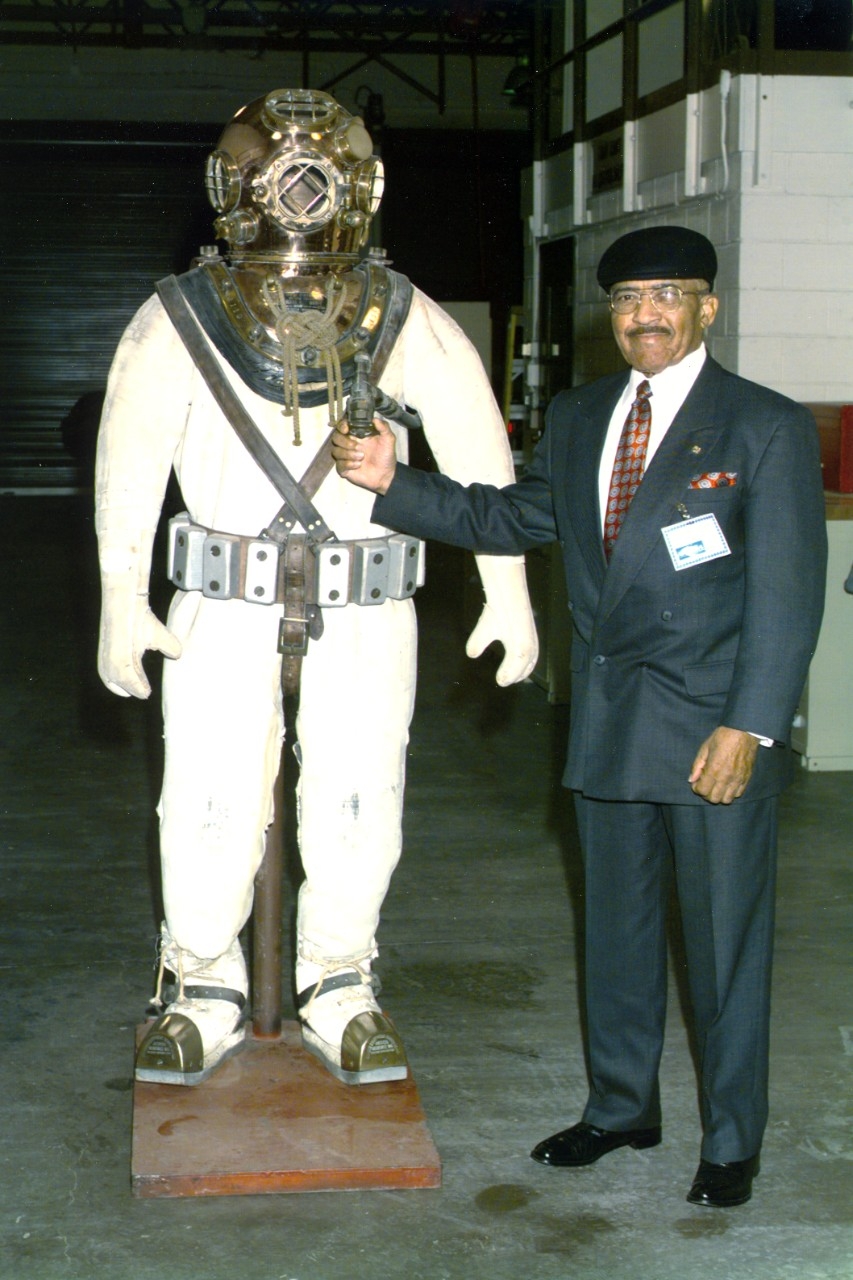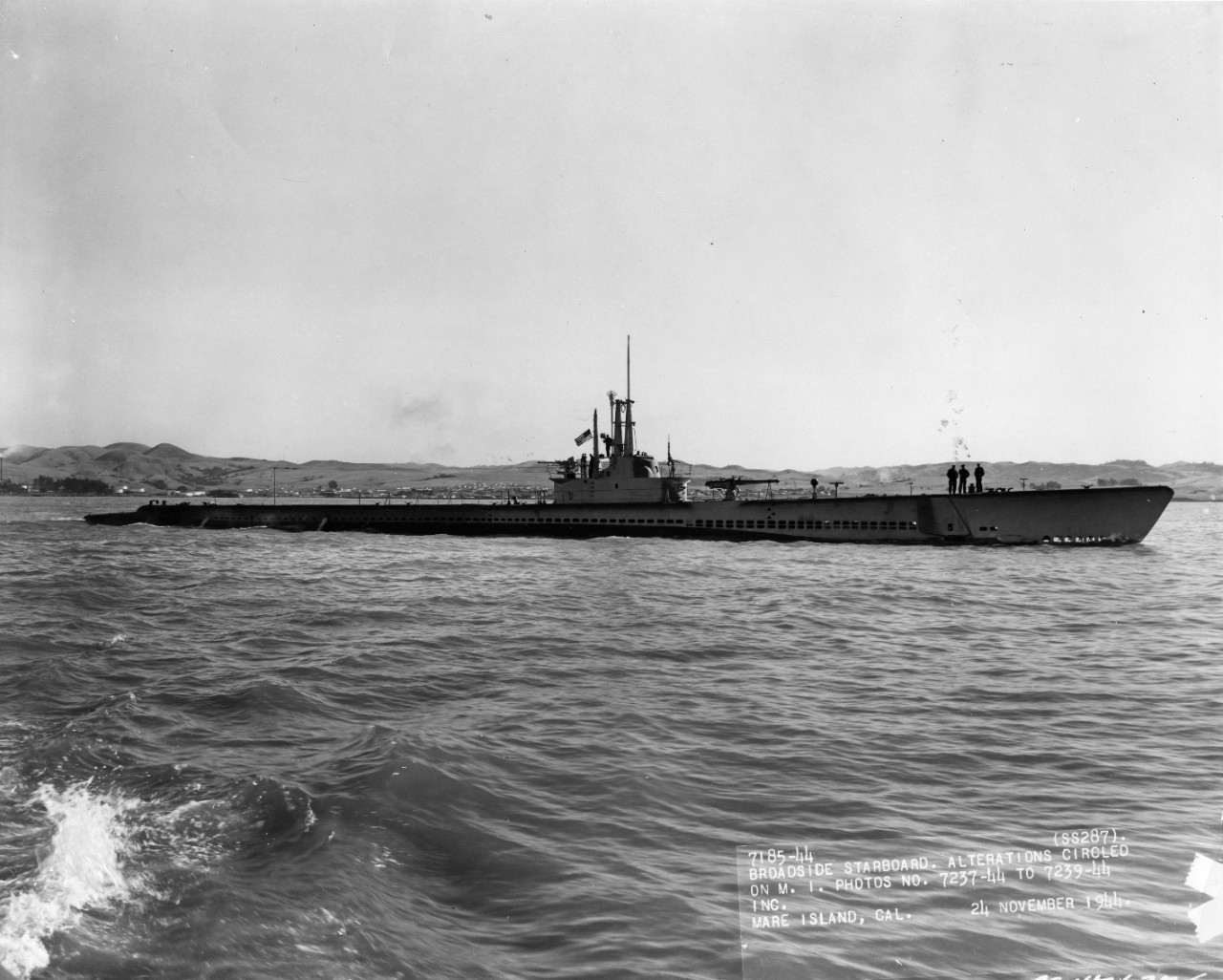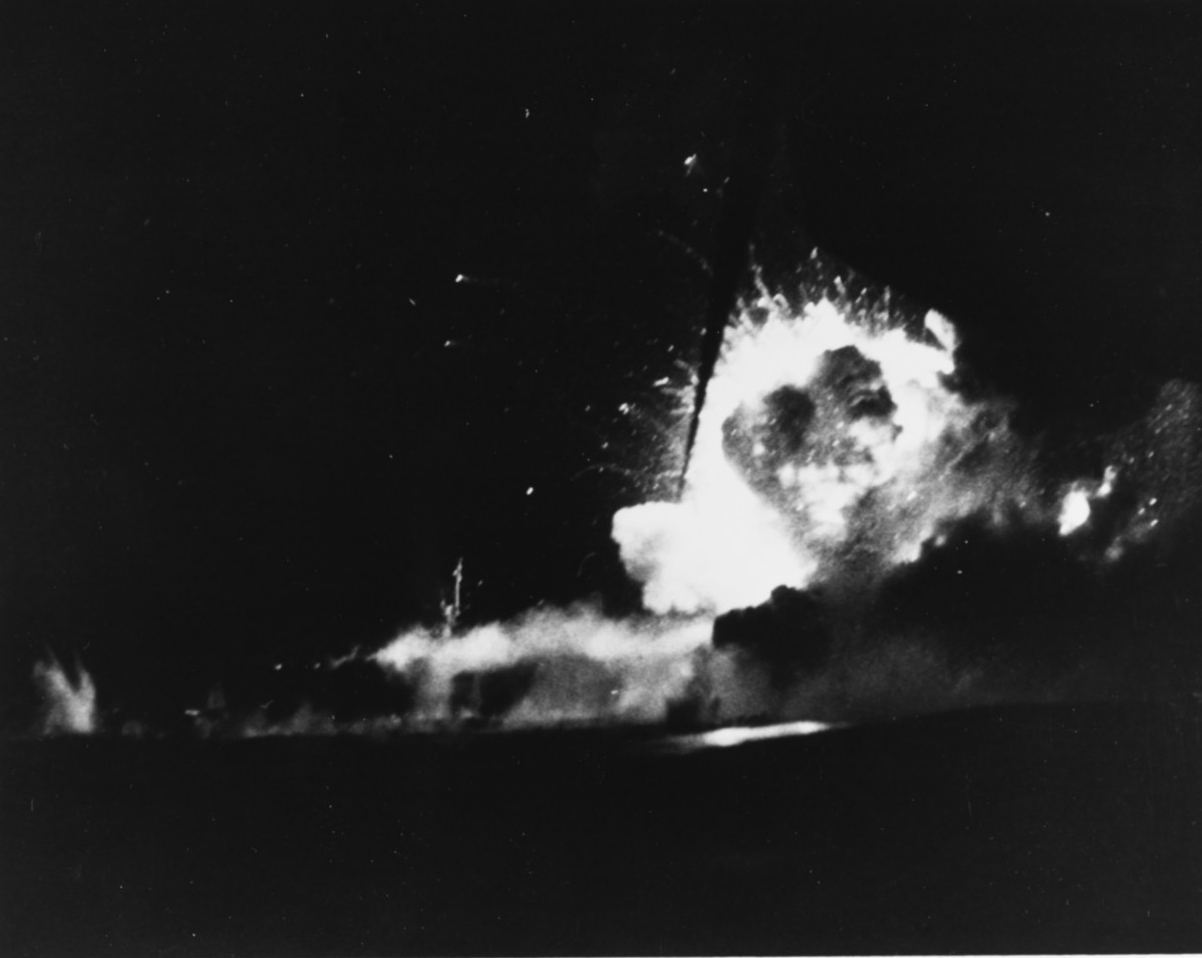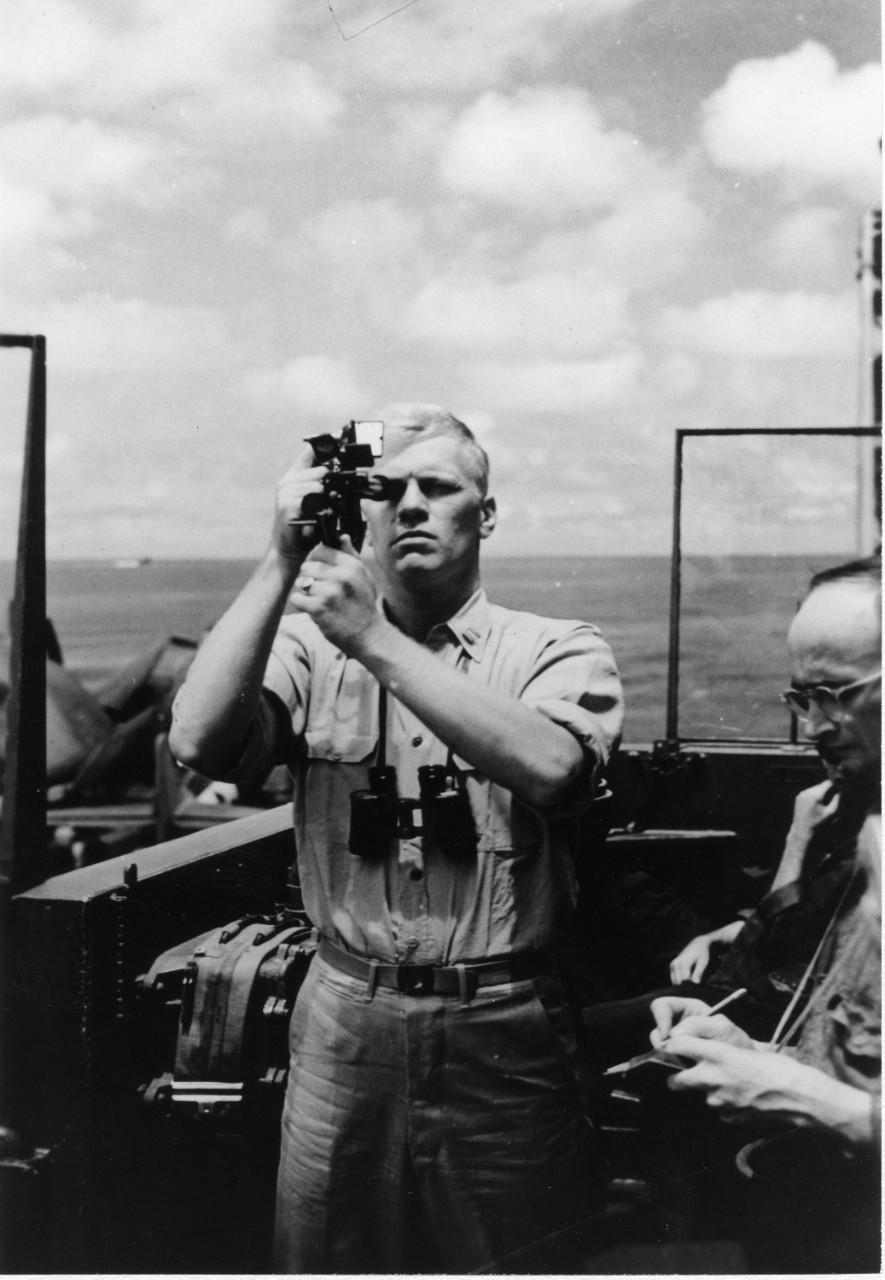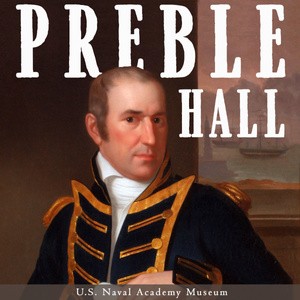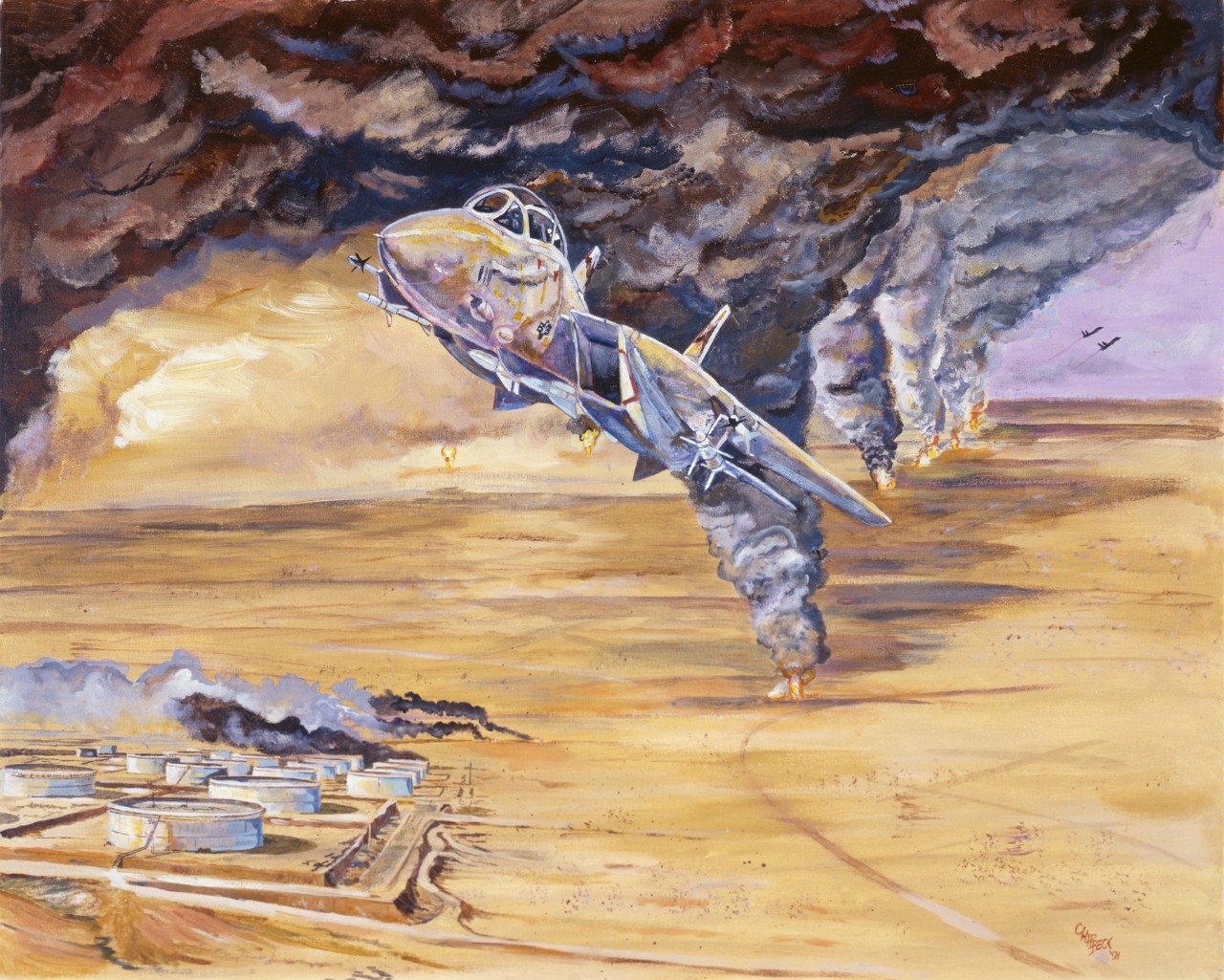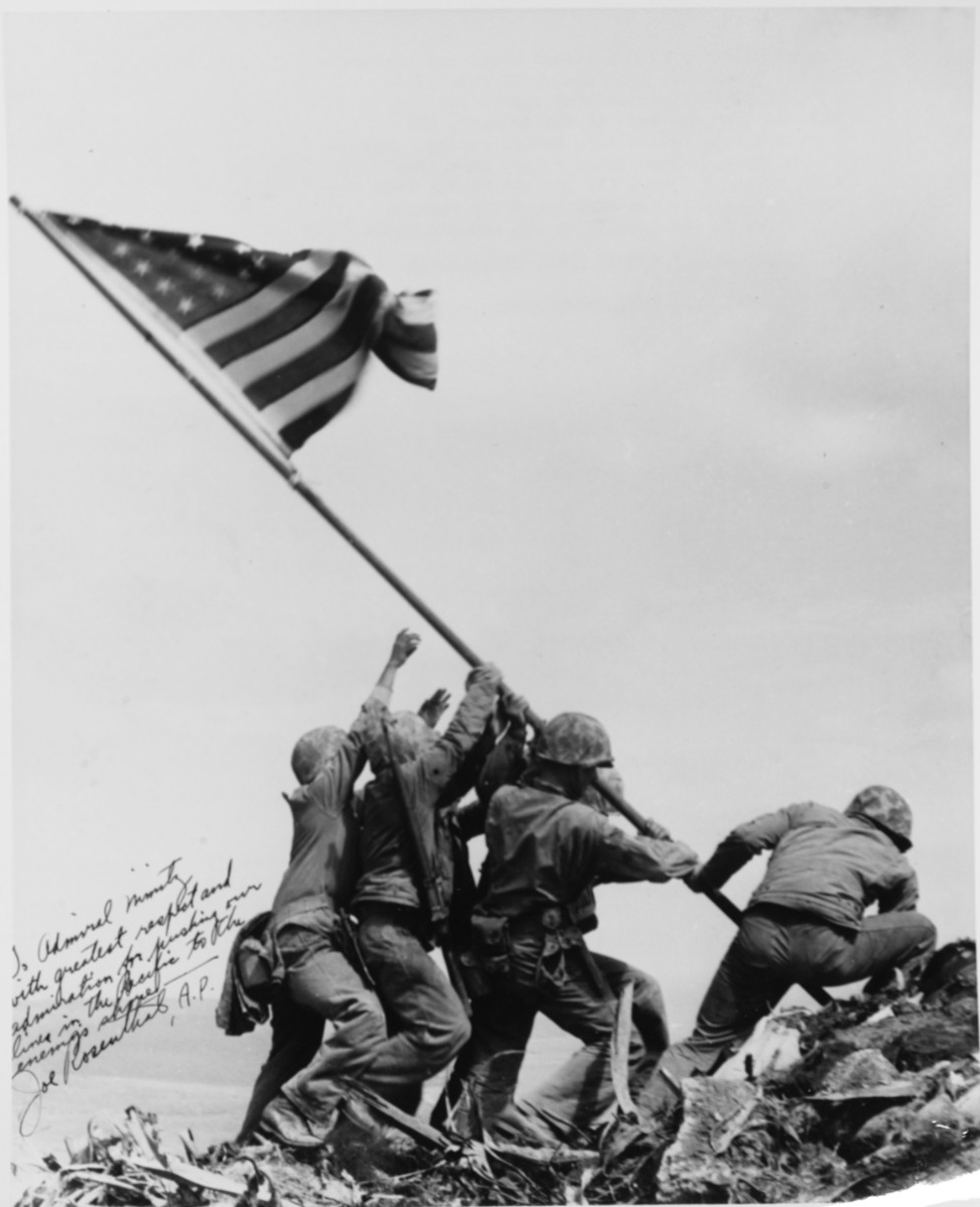Compiled by Brent Hunt, Naval History and Heritage Command’s Communication and Outreach Division
Susan Livingstone: First Female Acting Secretary of the Navy
Late last year, Chief of Naval Operations Adm. Michael Gilday and his wife installed in Washington Navy Yard’s Tingey House an exhibit entitled “Celebrating Navy Women: Perseverance and Achievements.” A trailblazer for women in the Navy was the first acting Secretary of the Navy Susan M. Livingstone, who served in the role, Jan. 24–Feb. 7, 2003. She grew up in an Air Force family, and in 1968, married her husband Neil. After completing graduate school at Tufts University, the couple moved to Washington, DC, where she served as a staffer on Capitol Hill. In 1981, she served in President Ronald Reagan’s administration before moving to the Veterans Administration where she served in a number of positions. In 1989, she transferred to the U.S. Army where she was the assistant Secretary of the Army for installations, logistics, and environment. One of her responsibilities in that position included relief efforts for the people of Kuwait following Operation Desert Storm. After serving in a number of other high-profile positions at various organizations, Livingstone was selected as Undersecretary of the Navy in 2001. After Secretary of the Navy Gordon England left the Department of Defense in 2003, she began her tenure as the acting secretary. For more, read the article by K. Denise Rucker Krepp at NHHC’s website.
First Ship Named for Enlisted Sailor Launched
On Feb. 23, 1919, the first ship named for an enlisted Sailor, USS Osmond Ingram, was launched. During World War II, Osmond Ingram served in both the Atlantic and Pacific theaters earning six battle stars and the Presidential Unit Citation. The ship’s namesake was a gunner’s mate first class serving on the destroyer Cassin during World War I. On Oct. 15, 1917, while his ship was operating off the Irish coast, Cassin was attacked by German submarine U-61. Ingram spotted an incoming torpedo and, realized that it could hit near the depth charges at the ship's stern, ran towards the probable area of impact in an attempt to release the depth charges before the torpedo could hit the ship. However, the torpedo struck before he made it to the rear of the ship. Ingram was killed in the subsequent explosion. For “extraordinary heroism,” Ingram received the Medal of Honor posthumously. He was the first U.S. enlisted service member killed in action during the war.
Women’s History Month
Women’s History Month—observed annually each March—celebrates the struggles and achievements of women throughout the history of the United States. The first women to serve in the U.S. Navy were nurses, beginning with the “Sacred Twenty,” who were appointed after the Navy Nurse Corps was established on May 13, 1908. During both world wars, large-scale enlistment of women into the Navy met clerical shortages. Today, women serve in every rank from seaman to admiral and in every job from pilot to deep-sea diver. For more on women in the U.S. Navy, go to NHHC’s website.
No Right to Quit—Son Honors Black History Month by Sharing Father’s Legacy
Army Chief Warrant Officer 5 Phillip Brashear recently spoke at a Black History Month event at Fort Gordon, GA, about his father Navy Master Chief Petty Officer Carl Brashear. He said he likes to share his late father’s story in hopes of inspiring others to overcome adversity in their lives. Born on a farm in Kentucky in 1931, the elder Brashear joined the Navy at the age of 17 with barely an eighth grade education. “Race, poverty, and illiteracy were three things that my father had to face before he finally joined the Navy to try to do better in his life,” Phillip said. After several duty assignments, Carl completed U.S. Navy Diving & Salvage training in 1954 becoming the first African-American to attend and graduate from the school and the first African-American U.S. Navy diver. After a severe accident in 1966, Carl lost his left leg below the knee. With a mountain of determination, Carl continued to work and in 1970, as an amputee, qualified as the first African-American master diver in the history of the U.S. Navy. For more, read the article. For more on the African American experience in the U.S. Navy, go to NHHC’s website.
Refurbished Submarine Museum Showcases “Silent Service”
The USS Bowfin Submarine Museum—now known as the Pacific Fleet Submarine Museum—reopened recently after undergoing $20 million in renovations. The Honolulu-based attraction highlights the history of the “Silent Service” and includes three main galleries in its enlarged setting. The galleries include the submarine force of World War II, the Cold War, and today’s force to include its possible future force. The first exhibit visitors see as they enter the museum is a mammoth 43-foot-diameter ring that replicates the hull dimension of the Columbia-class—the largest submarines ever built by the United States. Also, highlighted is the service of submarines that served during WWII. The submarine force became the workhorse of the U.S. Navy during the war. Assessments indicated that U.S. submarines sank 540,192 tons of Japanese naval vessels and 4,779,902 tons of merchant shipping, accounting for 54.6 percent of all Japanese vessel losses. Some of the exhibits honoring their legendary service include highlights on USS Bowfin, USS Swordfish, and USS Wahoo. For more, read the article.
Bismarck Sea Was the Last Commissioned Carrier Sunk by the Enemy
It has been more than 75 years since the U.S. Navy lost a carrier in battle. On the evening of Feb. 21–22, 1945, USS Bismarck Sea had just recovered aircraft from a strike during the Battle of Iwo Jima when a swarm of Japanese planes appeared. The escort carrier splashed one bomber, but another one crashed on the ship. The subsequent explosion knocked four torpedoes on to the hangar deck, parted the elevator cables, and damaged the after fire main. The fire appeared controllable at first until its glow attracted a second Japanese kamikaze. The ensuing explosion from the enemy strike buckled bulkheads and collapsed the decks in the ammunition clipping rooms, adding fuel to the fire. Soon, flames raged out of control and a variety of ordnance began to explode. The captain ordered the crew to abandon Bismarck Sea. In less than 30 minutes, the ship’s crew made it into the water. After many explosions and two hours of burning, the ship rolled over and sank. Although rescue efforts saved many who were in the water, 318 crewmembers lost their lives. For more, read the article.
Sports Heroes Who Served: President Ford Was a Football Star, WWII Veteran
Gerald Ford, the 38th president of the United States, was a World War II veteran and collegiate football star. When he played for the University of Michigan, they won national titles in 1932 and 1933. Shortly after the war broke out, Ford received his commission as an ensign in the Navy Reserve. During his first year of service, he was an instructor at the Navy Preflight School, before he received orders for aircraft carrier USS Monterey. In 1943, his ship saw action at Makin Island in the Gilberts, and New Ireland. In the spring of 1944, Monterey supported landings at Kwajalein and Eniwetok and participated in carrier strikes in the Marianas, Western Carolines, and northern New Guinea, as well as in the Battle of the Philippine Sea. As president, he signed Public Law 94-106 allowing women to attend the then all-male military colleges—West Point, U.S. Naval Academy, and the Air Force Academy. For more, read the article. For more presidents who served in the Navy, go to NHHC’s website.
Preble Hall Podcast
In a recent naval history podcast from Preble Hall, Claude Berube spoke with U.S. Marine Maj. Tim Heck, who is co-editor of a new book by Marine Corps University Press, On Contested Shores: The Evolving Role of Amphibious Operations in the History of Warfare. The Preble Hall podcast, conducted by personnel at the U.S. Naval Academy Museum in Annapolis, MD, interviews historians, practitioners, military personnel, and other experts on a variety of naval history topics from ancient history to more current events.
Webpage of the Week
After more than a month of bombardments on Iraq’s military infrastructure, President George H.W. Bush announced ground offensive operations had commenced on Feb. 23, 1991. The mission was to liberate Kuwait after brutal dictator Saddam Hussein ordered the Iraqi army to invade the country in August 1990. In commemoration, this week’s webpage of the week is Desert Shield/Desert Storm. After ground operations began, troops began sweeping through the region in blitzkrieg fashion. In a mere 100 hours, the Iraqi army was crushed. Iraqi soldiers surrendered by the thousands, and Kuwait was free again. Check out the page today that honors the successful operation and veterans of the war. It contains a short history, notable people, notable naval vessels, suggested reading, a Navy art online exhibit, related operational information, selected imagery, and much more.
Today in Naval History
On the morning of Feb. 23, 1945, four days after landing on Iwo Jima, Marines from the Fifth Marine Division hoisted the U.S. flag after capturing the summit of Mount Suribachi. There were actually two flag raising that morning, but the second was the one immortalized by Associated Press photographer Joe Rosenthal. The morale-boosting event culminated the Marines’ tortuous climb up the rough terrain of the mountain. Rosenthal’s photograph was first published in newspapers days later, then reprinted in thousands of publications. He eventually won a Pulitzer Prize for the iconic image. The photograph is considered by many as a symbol of victory and heroism, and is one of the most recognizable photos of World War II. On Nov. 10, 1954, President Dwight D. Eisenhower dedicated the Marine Corps War Memorial in Arlington, VA, that was created from the photograph.
For more dates in naval history, including your selected span of dates, see Year at a Glance at NHHC’s website. Be sure to check this page regularly, as content is updated frequently.

